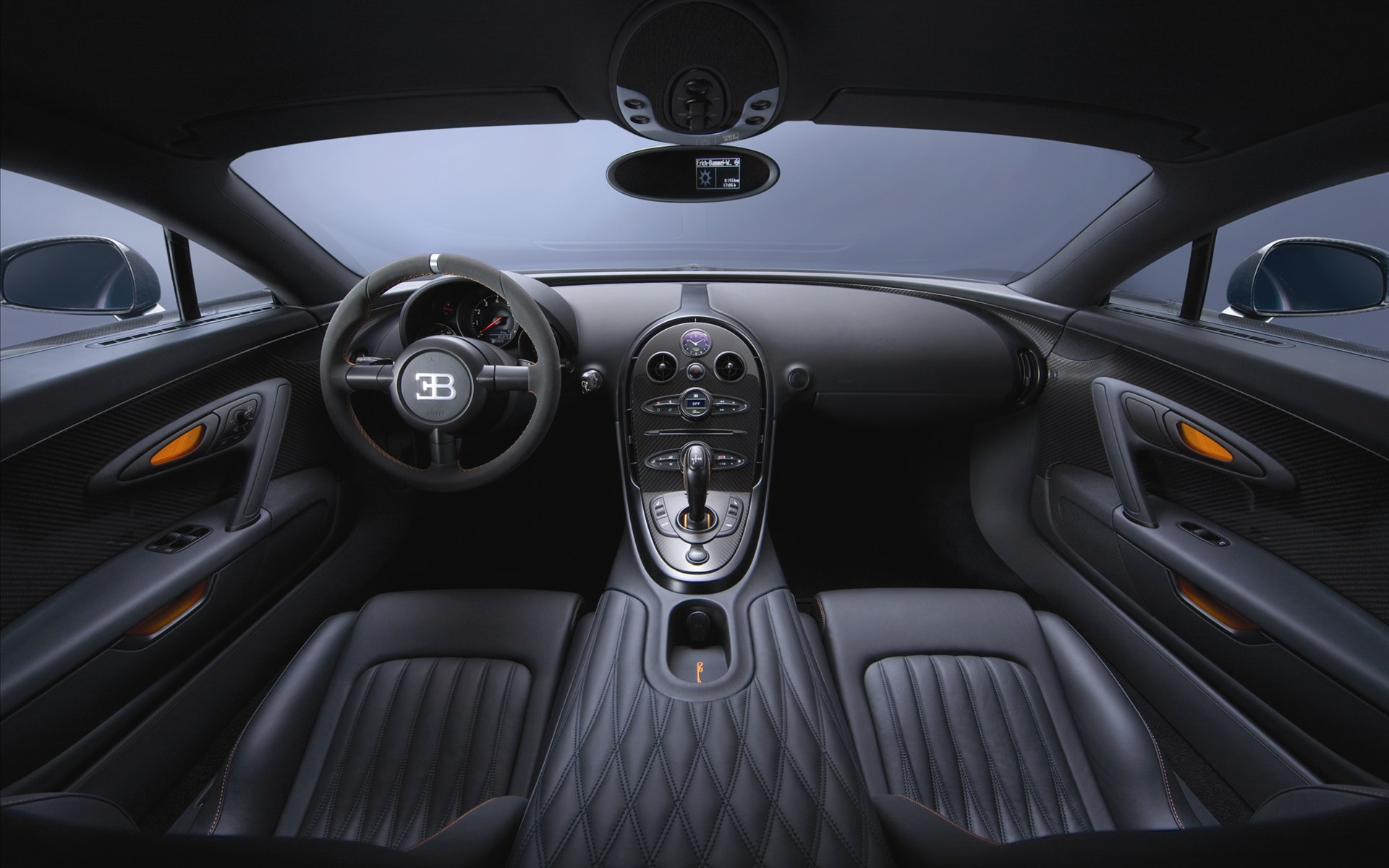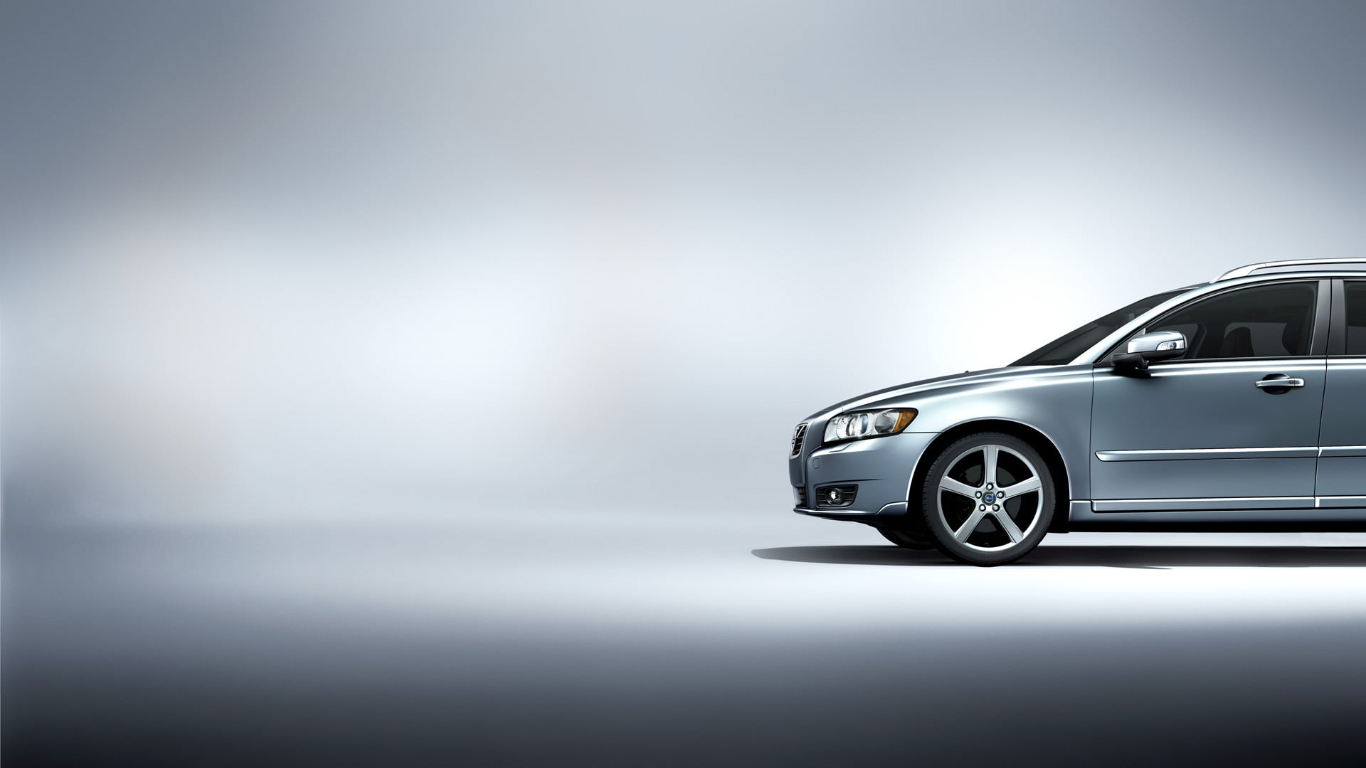If you want to keep your car interior cool and prevent overheating of the car interior, follow these tips:
Close Windows and Doors:
This may seem obvious. But you’d be surprised at how many people leave windows open. It has a negative effect on the heating and cooling system in your vehicle. If you want to improve winter fuel economy, it would help to close the door. As well as lower your front window slightly. It will reduce heat loss from wind chill. In summer, this also applies, ensure all electric windows are wound up tight to prevent hot air from entering into your vehicle’s cabin area. Although do not stop fresh air from coming through if you have a good ventilation system.
Turn off your engine when stationary for a few minutes:
Even if you are in the car park, turning off your engine will reduce fuel consumption by around 330 grammes per hour at idle speed, which isn’t much but is still useful. Today’s cars are designed with features that are meant to go into sleep mode automatically when the key is taken out of the ignition or doors are closed. But, this doesn’t always work properly. It can be fast asleep after only two minutes of sitting idle.
Close off ventilation ducts under dashboard whenever not required:
These control fresh air flow inside your vehicle most often found on all modern vehicles, especially where it has been placed right in front of the front passenger seat or behind the driver’s seat. If you have strong air conditioning, it should be enough to rotate vent flaps from horizontal position downwards to vertical without closing fore and aft.
Turn on the heat or cooling system:
Turn on the heat or cooling system when required by opening windows etc., to begin with halfway or low fan speed and gradually increase fan speed later if necessary until desired conditions are satisfied inside the vehicle. Before starting the engine make sure you close all windows and vents, not in immediate use and set up your heating and ventilation system for maximum effect (without wasting energy). Remember cold air = denser air which means better fuel economy.
Drive With Sunroof Open If You Can:
Preferably drive with the roof down or sunroof open for fresh air coming into the cabin area. Especially beneficial during hot summer days, where outside temperatures reach over 30°C. This may not be the best idea if you are subject to high air conditioning use. But, it will help avoid overheating of the car interior.
Use Car Shades:
Use car shades for windows during summer or winter. Car shades reflect heat away from your vehicle’s cabin area helping you keep cool. It also helps improve fuel economy by reducing wind resistance on your vehicle. It is common sense that heat absorbed by sun shades will be released back into the air within 20 minutes after removing it; another reason why leaving windows open slightly when parked up makes sense.
Don’t Park In Direct Sunlight:
Avoid parking in direct sunlight especially if you park for long-duration like a shopping mall, beach etc., which can cause irreversible damage to leather seats and dashboard by drying them up.
Check Your Tire Pressure:
Check your tyre pressure when it is cold, and keep tyres inflated to the correct pressure. It will help improve fuel economy slightly although negligible unless you drive with excess load or pull a caravan etc., for long-distance in warm weather conditions. Quite often there are adequate warnings on vehicle’s door jambs. But, what is not generally mentioned is how much difference can be made in terms of fuel consumption if all tyres are kept properly inflated. Driving with worn-out tyres in warm conditions is like wearing flip-flops – no support at all!
Clean Your Car’s External Body:
Clean the car’s external surfaces including window glasses by washing, polishing and waxing them regularly as they will definitely improve your vehicle’s fuel economy and appearance. It is important to carry out this task in warm weather conditions with the engine turned off as water and chemicals used in cleaning products can be extremely harmful to the human body.
Maintain Air Conditioning System:
Maintain good care of air conditioning system which requires regular maintenance such as re-gas (or recharge) or service by most manufacturers’ recommendations; what do you expect from something that is constantly working! Allowing debris such as leaves, grass etc., into the air conditioner’s evaporator blockage will reduce its capacity. The most common source of problems also found with ventilation systems.
Avoid Cold Starts:
Reduce cold start losses by using long gear and gentle acceleration with minimum use of brakes. Cold starts are particularly harmful to the fuel economy. When engines take a few minutes before they become warm enough inside the combustion chamber for all fuel-air mixture to be completely burned resulting in incomplete burning of fuels being injected into these chambers. This could also be another reason why old school types of diesel were so efficient.
Use Lower Gear Ratio:
Use lower gear ratios whenever possible. Where speed changes cannot be avoided without large variations in your engine revolutions. Whether you drive on flat roads or hills etc. Especially if your vehicle is fitted with automatic transmission. It uses a torque converter instead of a clutch to transfer power from engine flywheel to transmission input shaft. Manual transmissions are better. Not only because they offer better control. But also you can match engine revolutions to road speed making it unnecessary in most cases for your car to down-shift which has a negative effect on fuel economy.
Conclusion:
Please remember that following the above recommendations should not be taken as shortcuts to achieve better fuel economy; other than improving your driving technique, efficient vehicle weight distribution and reducing wind resistance. You may need to consider upgrading your vehicle with a more efficient engine. Or at least carry out regular maintenance of the existing one by following all manufacturer’s recommended service schedule.




